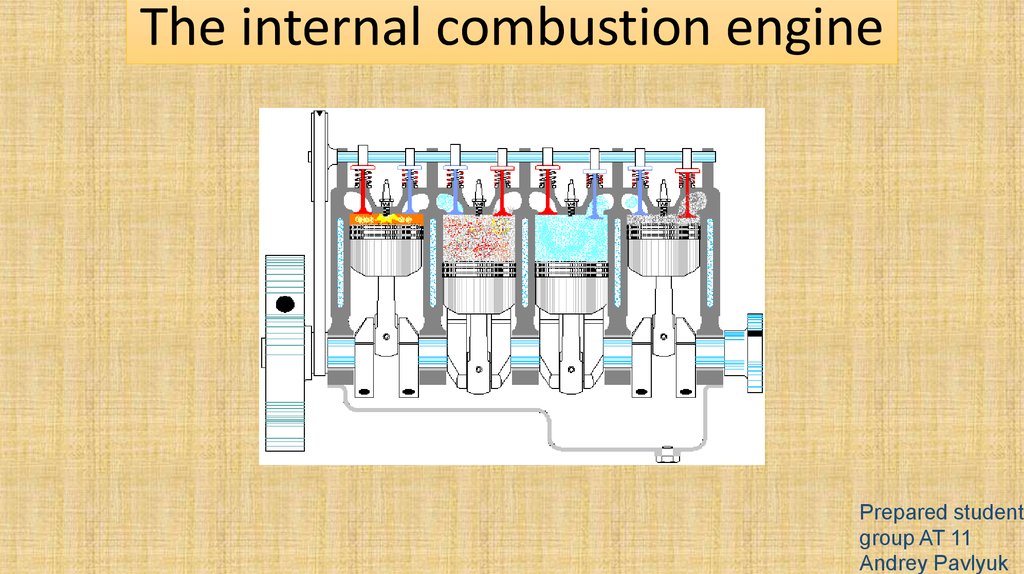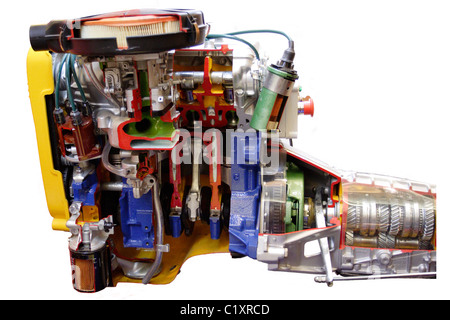

Gas dynamics varies with many factors, such as whether it is fuel injected or carbureted engine, temperature, runner length and diameter, valve timing, number of cylinders and others factors. Learn more about our advanced combustion engine research and development efforts focused on making internal combustion engines more energy efficient with minimal emissions.The intake system of an internal combustion engine plays a key role to determine its performance. Research has also led to improvements in ICE performance (horsepower and 0-60 mph acceleration time) and efficiency, helping manufacturers maintain or increase fuel economy. Over the last 30 years, research and development has helped manufacturers reduce ICE emissions of criteria pollutants, such as nitrogen oxides (NOx) and particulate matter (PM) by more than 99% to comply with EPA emissions standards. Diesel engines then spray the fuel into the hot compressed air at a suitable, measured rate, causing it to ignite. In a diesel engine, only air is inducted into the engine and then compressed. The expansion of the combustion gases pushes the piston during the power stroke. After the piston compresses the fuel-air mixture, the spark ignites it, causing combustion. In a spark ignition engine, the fuel is mixed with air and then inducted into the cylinder during the intake process. Spark ignition gasoline and compression ignition diesel engines differ in how they supply and ignite the fuel. The cycle includes four distinct processes: intake, compression, combustion and power stroke, and exhaust. Most of these are four-stroke cycle engines, meaning four piston strokes are needed to complete a cycle. There are two kinds of internal combustion engines currently in production: the spark ignition gasoline engine and the compression ignition diesel engine. Ultimately, through a system of gears in the powertrain, this motion drives the vehicle’s wheels. The expanding combustion gases push the piston, which in turn rotates the crankshaft. The engine consists of a fixed cylinder and a moving piston. The engine then partially converts the energy from the combustion to work.

In an internal combustion engine (ICE), the ignition and combustion of the fuel occurs within the engine itself. How Does an Internal Combustion Engine Work?Ĭombustion, also known as burning, is the basic chemical process of releasing energy from a fuel and air mixture.

They can also be combined with hybrid electric powertrains to increase fuel economy or plug-in hybrid electric systems to extend the range of hybrid electric vehicles. Along with gasoline or diesel, they can also utilize renewable or alternative fuels (e.g., natural gas, propane, biodiesel, or ethanol). Internal combustion engines provide outstanding drivability and durability, with more than 250 million highway transportation vehicles in the United States relying on them.


 0 kommentar(er)
0 kommentar(er)
